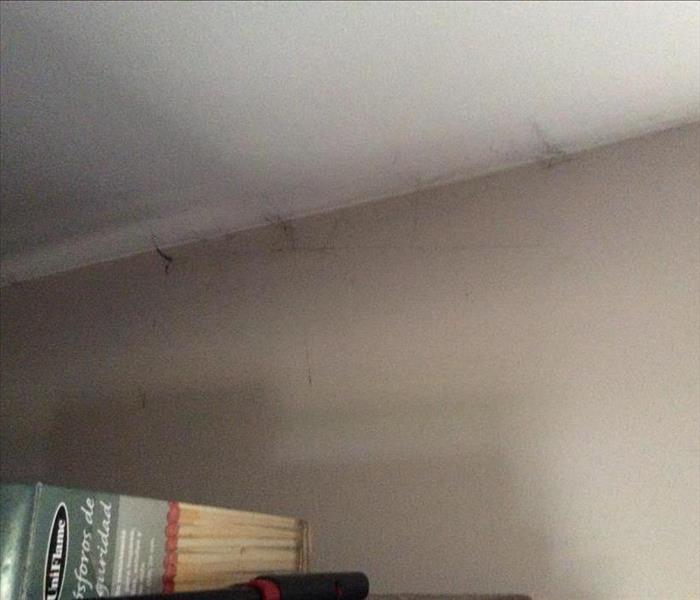A Guide to Fire-Rated Doors and Windows
8/14/2024 (Permalink)
Fire-rated doors and windows are essential components in building safety. They are designed to resist the spread of fire and smoke, providing critical time for occupants to evacuate and for firefighters to respond. In this guide, we’ll explore the importance of fire-rated doors and windows, how they work, and key considerations for selecting the right products for your property.
What Are Fire-Rated Doors and Windows?
Fire-rated doors and windows are specially constructed to withstand fire and heat for a specific period, usually measured in minutes or hours. This rating indicates the duration they can effectively contain a fire, preventing it from spreading to other parts of the building.
These doors and windows are made from fire-resistant materials such as steel, gypsum, and certain types of glass. They often have seals that expand when exposed to heat, blocking smoke and flames.
Importance of Fire-Rated Doors and Windows
The primary purpose of fire-rated doors and windows is to provide additional safety. They help contain fires within a designated area, allowing more time for evacuation and reducing property damage.
Building codes often require fire-rated doors and windows in certain areas, such as stairwells, corridors, and between different units in multi-family dwellings. Compliance with these codes is crucial for legal and safety reasons.
Having fire-rated components in your building can potentially lower insurance premiums. Many insurance companies recognize the reduced risk and offer discounts accordingly.
How Do Fire-Rated Doors and Windows Work?
1. Containment:
Fire-rated doors and windows work by containing the fire to a specific area, slowing its spread. The materials used can withstand high temperatures, preventing the fire from passing through.
2. Smoke Seals:
Many fire-rated doors have intumescent seals that expand when exposed to heat, sealing gaps and preventing smoke from spreading. This is crucial as smoke inhalation is often more dangerous than the fire itself.
3. Thermal Resistance:
Fire-rated glass used in windows can withstand high temperatures without breaking. Some fire-rated windows also have multiple layers of glass with fire-resistant interlayers.
Choosing Fire-Rated Doors and Windows
1. Fire Rating:
Select doors and windows with the appropriate fire rating for your building’s requirements. Common ratings include 45, 60, 90, and 120 minutes. Check local building codes to determine the necessary rating.
2. Materials:
Consider the materials used in the construction of the fire-rated doors and windows. Steel and solid wood are commonly used for doors, while fire-rated glass is used for windows. Ensure these materials meet the required standards.
3. Installation:
Proper installation is crucial for the effectiveness of fire-rated doors and windows. Hire qualified professionals to install these components to ensure they function correctly in an emergency.
4. Maintenance:
Regular maintenance is necessary to keep fire-rated doors and windows in good condition. Check for any damage, ensure seals are intact, and verify that closing mechanisms work properly.
Fire-rated doors and windows are crucial for enhancing the safety of buildings. They help contain fires, provide crucial evacuation time, and comply with building codes. By understanding their importance and how they work, you can make informed decisions when selecting and maintaining these essential safety components.
For more information on fire safety or assistance with fire damage restoration, contact SERVPRO of Montclair/West Orange. Our experts are here to help you protect your property and ensure it remains safe and secure against fire risks.




 24/7 Emergency Service
24/7 Emergency Service
